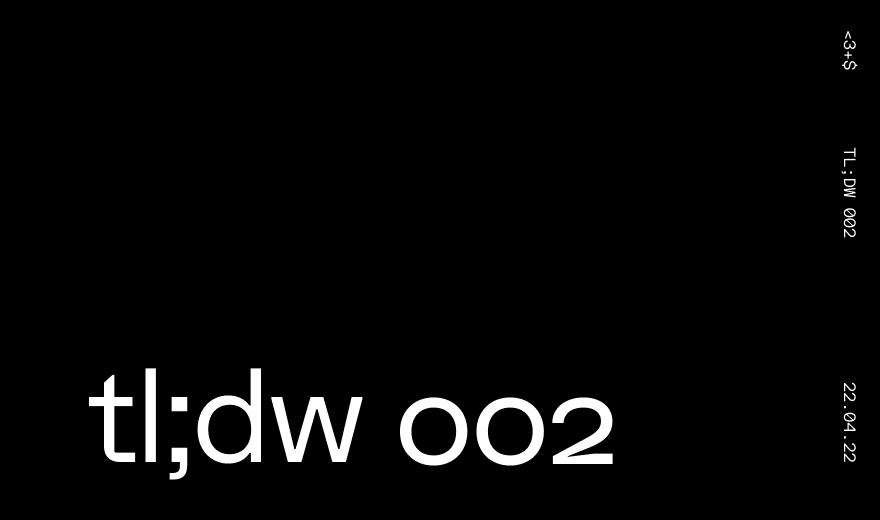What the FAQ is this!?
You know us, we're always iterating on what hath come before because #alwaysbeta.
So, a new content iteration/experiment/exercise.
This time in video form…
tl;dw
We've been doing Figjams since before Figma made it a product (not salty, srs).
Anyway, we continue, and now we screen record. You're welcome for the content, you're welcome for the learning.
Motion as Brand Explanation
When we build a brand meme, we focus on an idea that can be chosen, interpreted and shared.
Once an idea is chosen, we create systems that allow our audience to be didactic and in dialogue with the brand.
One of the tools that allows that idea to be interpreted is Motion.
^a six-minute summary, but basically…
Good motion can be the difference between great design and iconic design.
There are lots of reason the Star Wars ennealogy are so memorable:
”I don’t like sand”
“Now this is podracing!”
“Oh cool Palpatine’s alive.”
But maybe nothing’s more memorable than the transitions.
So let’s talk motion. In the hopes that some day, we too will create something as monumental as the original trilogy.
Why Motion
Great question. The fact that we use motion means there must be a reason we use motion. (…maybe, just don’t tell Hume). It takes something static and gives in dynamism. Human beings, like T-Rexs, are more interested when things move. It suggests behaviour to a user, helps them make sense of the content they're looking at giving them a greater incentive to share the idea.
It educates. It focuses. It delights.
Educates: Motion elements can convey hierarchal information, or even geographic information within the digital canvass.
Focuses: Ever moved gracefully from one section of a webpage to the other? That’s motion, helping you decided where you’re needed most.
Delights: Motion, like movement, is art.
Types of Motion (generally)
Productive
Gets. Shit. Done…
Expressive
…and looks damn-fine doing it.
Remember: When deciding to use motion elements, assess your intention. What are you trying to say with your motion.
Then. Make sure you’re using motion consistently. Is the user comfortable? Can they predict what the elements will do? If yes, you’ve created a framework with usability. Something seamless, and non-distracting.
Types of Motion (specifically, and just a few)
Timing: How long it takes to do something.
Ease: The relationship between timing and spacing (not time and space). In digital spaces, we can have purely linear motion. But we’ve been conditioned by the real world: linear motion is like the uncanny valley, unsettling but hard to say why. Ease conveys pure vibe.
Effects: Offset. Delay. Cloning. Obscuration. Dolly. Zoom. So. Many. More. The world of motion is your oyster. Go full Bourdain on that shiz.
The Motion Style Guide™
When one thinks style guides, one generally thinks typeface. Maybe one thinks tone of voice.
But motion is just as important.
Just ask Vevo.
There’s also the retrospective style guide. The motion audit.
Look at your elements. Are they saying what you want to say. And are they all speaking the same language?
So?
So. Motion, and its discretionary deployment, is a crucial and occasionally overlooked aspect of a brand’s identity, helping a brand to be chosen, interpreted and shared.
So yeah, basically what Jessie said.
You can listen to Jessie’s full presentation here.
tl;dw
Copyright © 2022
All Rights Reserved
Love + Money Agency
”Melbourne, VIC”
-
Love + Money acknowledges the Traditional Owners of the land in which we work and pay our respects to Elders past, present, and emerging.






